Rare Rides: The 1979 Nissan President, an Executive Luxury Brougham

This week has unintentionally been all about brougham here on the Rare Rides pages. Kicking things off was the Mercury Grand Monarch Ghia, followed by a Nissan Gloria in Brougham VIP guise. Broughams from America and Japan, displaying that brougham effect across the globe and across decades.
So let’s try another configuration: a 1970s top-tier brougham from Japan — the Nissan President.
Sitting at the very pinnacle of the Nissan sedan hierarchy was the President. Far above the midsize Gloria, the President competed with the exclusive Toyota Century. The typical customer of such a vehicle was the wealthy business executive or a Japanese governmental figure, meaning domestic manufacturers brought their A-game to this segment. This doesn’t include Mitsubishi, which rebadged a Hyundai and then an Infiniti.
The President arrived on the scene for the 1966 model year, replacing the Cedric Special as the flagship of the brand. Nissan saw that it needed to become President(ial) to compete with the new Toyota Crown Eight, which was introduced for 1965 and quickly succeeded by the Century for 1968.
Immediate use for the President was found in the Japanese government, where the prime minister used one as his transport. Meanwhile, the country’s emperor traveled in a specially-built Prince Royal. A notable development for the first generation Prince came in 1971, when it offered Japan’s first electronic anti-lock braking system.
As the first generation’s styling was stuck in the sixties, it was soon time for a rethink. The second-generation President debuted for the 1974 model year, riding on the same platform as the previous version. Updates were extensive: the President was completely redone inside and out. That’s where our Rare Ride from 1979 enters the picture.
Today’s example is a top-level Sovereign trim (available from 1977 onward), and badges all around indicate the presence of the largest 4.4 liter V8 engine. A large car with an engine of large displacement equals a large road tax bill in Japan, and all of this equates to a great amount of prestige for the lucky owner, as well as his attending chauffeur.
The President is not shy in the overhangs department, and its side profile shares many cues with a mid-sixties American sedan. The long (and lowered) body drowns its tiny tires and wheel covers.
The interior is swathed in fine leather, wood, and the best materials Nissan could locate. Black leather seats are button-tufted, just like every luxury car in America in 1979. This particular example’s leather seats say something about the car’s original owner. Restraint is paramount in Japan’s executive sedan segment, and dictates a fine wool interior. Its lack of sheen and noise is the appropriate choice for the discerning customer. Clearly, this President is a bit uncouth.
Flashy leather can get hot and sticky, but an owner won’t have to worry. There’s a rear air conditioner to assist in-cabin comfort.
As you’d expect, everything is electrically operated, and there’s a sound mixer in the center console. The steering wheel’s a bit Cadillac-esque, eh? On sale not far from the Nissan-Datsun-Prince-Infiniti HQ in Nashville, this prestigious (and not perfect) Nissan is asking a bit over $26,000. It’s showing only 59,000 miles on the well-aligned analog odometer.
[Images via seller]

Interested in lots of cars and their various historical contexts. Started writing articles for TTAC in late 2016, when my first posts were QOTDs. From there I started a few new series like Rare Rides, Buy/Drive/Burn, Abandoned History, and most recently Rare Rides Icons. Operating from a home base in Cincinnati, Ohio, a relative auto journalist dead zone. Many of my articles are prompted by something I'll see on social media that sparks my interest and causes me to research. Finding articles and information from the early days of the internet and beyond that covers the little details lost to time: trim packages, color and wheel choices, interior fabrics. Beyond those, I'm fascinated by automotive industry experiments, both failures and successes. Lately I've taken an interest in AI, and generating "what if" type images for car models long dead. Reincarnating a modern Toyota Paseo, Lincoln Mark IX, or Isuzu Trooper through a text prompt is fun. Fun to post them on Twitter too, and watch people overreact. To that end, the social media I use most is Twitter, @CoreyLewis86. I also contribute pieces for Forbes Wheels and Forbes Home.
More by Corey Lewis
Latest Car Reviews
Read moreLatest Product Reviews
Read moreRecent Comments
- Marcr My wife and I mostly work from home (or use public transit), the kid is grown, and we no longer do road trips of more than 150 miles or so. Our one car mostly gets used for local errands and the occasional airport pickup. The first non-Tesla, non-Mini, non-Fiat, non-Kia/Hyundai, non-GM (I do have my biases) small fun-to-drive hatchback EV with 200+ mile range, instrument display behind the wheel where it belongs and actual knobs for oft-used functions for under $35K will get our money. What we really want is a proper 21st century equivalent of the original Honda Civic. The Volvo EX30 is close and may end up being the compromise choice.
- Mebgardner I test drove a 2023 2.5 Rav4 last year. I passed on it because it was a very noisy interior, and handled poorly on uneven pavement (filled potholes), which Tucson has many. Very little acoustic padding mean you talk loudly above 55 mph. The forums were also talking about how the roof leaks from not properly sealed roof rack holes, and door windows leaking into the lower door interior. I did not stick around to find out if all that was true. No talk about engine troubles though, this is new info to me.
- Dave Holzman '08 Civic (stick) that I bought used 1/31/12 with 35k on the clock. Now at 159k.It runs as nicely as it did when I bought it. I love the feel of the car. The most expensive replacement was the AC compressor, I think, but something to do with the AC that went at 80k and cost $1300 to replace. It's had more stuff replaced than I expected, but not enough to make me want to ditch a car that I truly enjoy driving.
- ToolGuy Let's review: I am a poor unsuccessful loser. Any car company which introduced an EV which I could afford would earn my contempt. Of course I would buy it, but I wouldn't respect them. 😉
- ToolGuy Correct answer is the one that isn't a Honda.

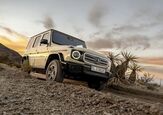
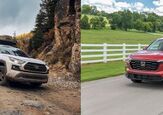
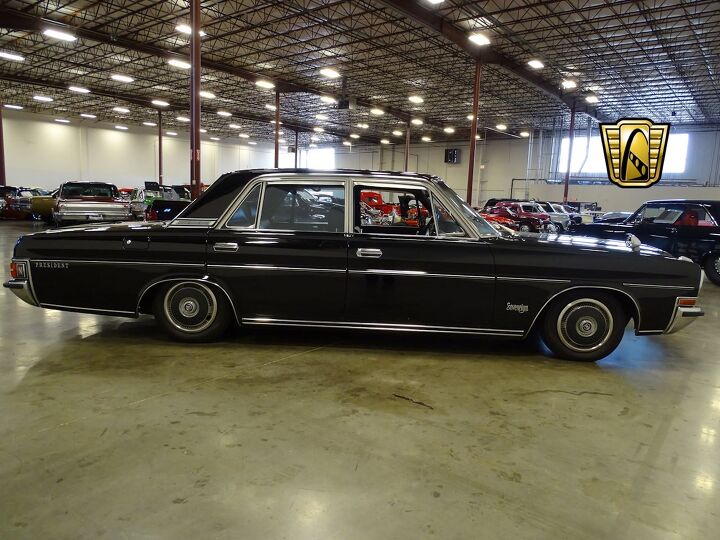





















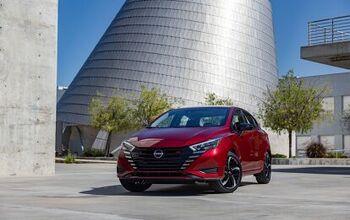

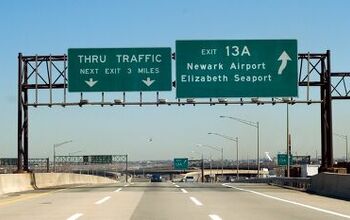
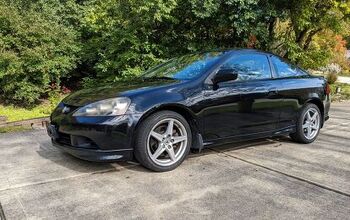
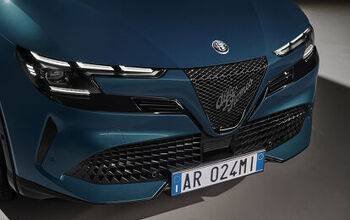
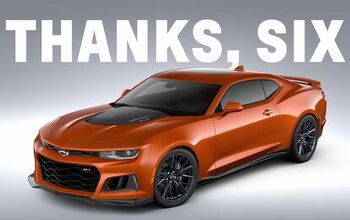
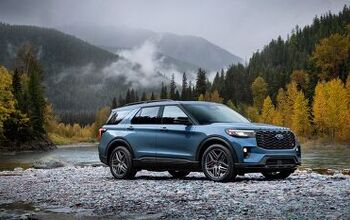
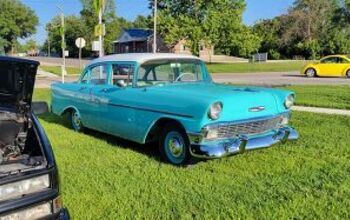
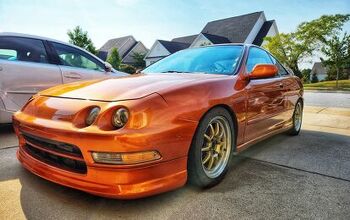


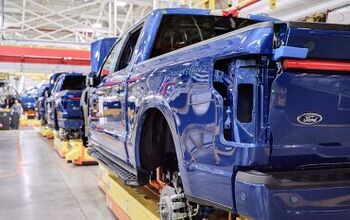
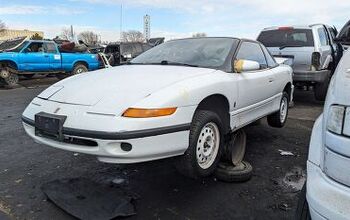

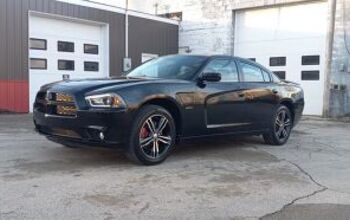
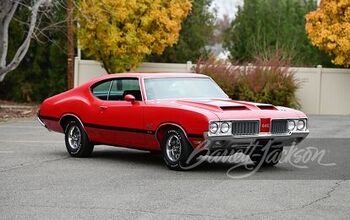

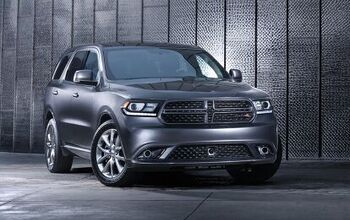
Comments
Join the conversation
Like I had stated before, Toyota and Nissan are full-line brands in Japan - selling everything from econoboxes to full out luxury models (as was Hyundai in Korea, and to a lesser extent Kia). Luxury models in those markets were essentially their own sub-brand with their own distinct badging. The establishment of Lexus and Infiniti as a separate sales channel was primarily for the US market.
The badge on the nose absolutely screams "Caprice Classic"!